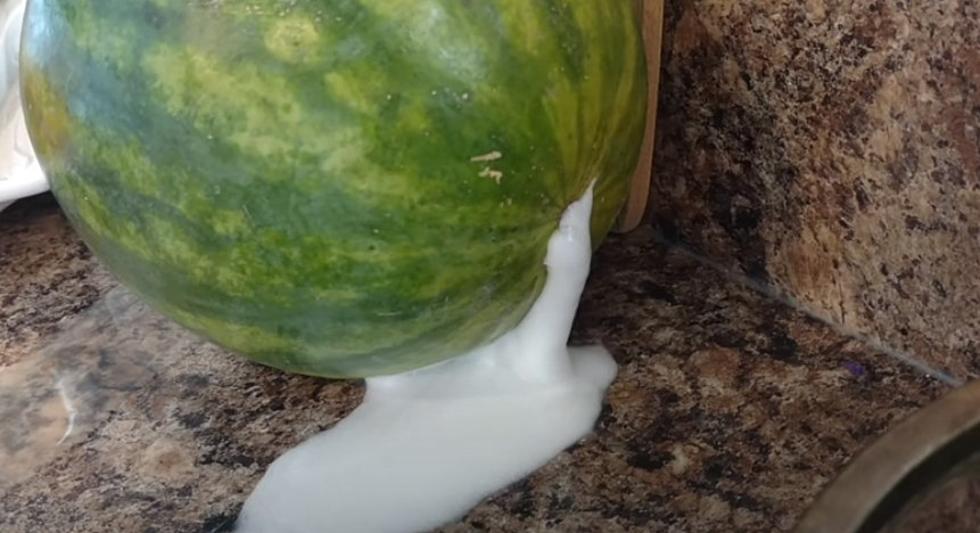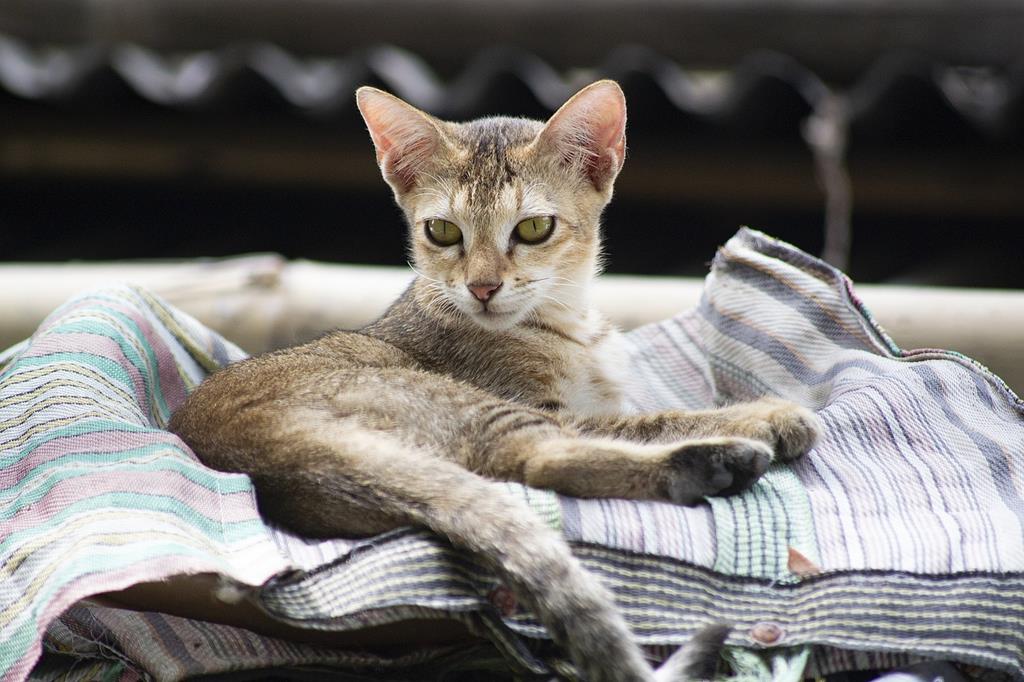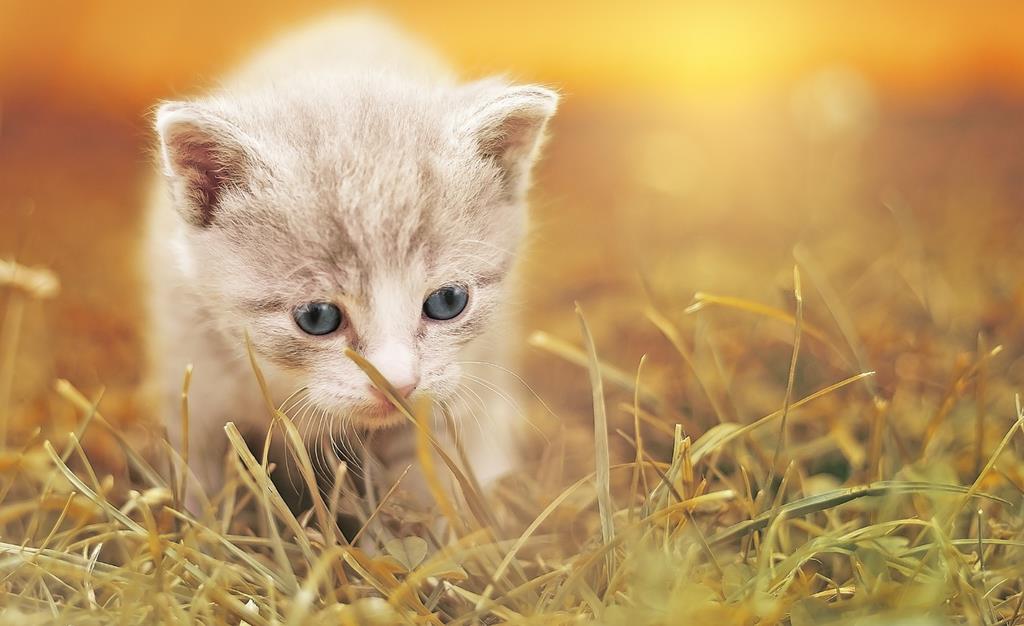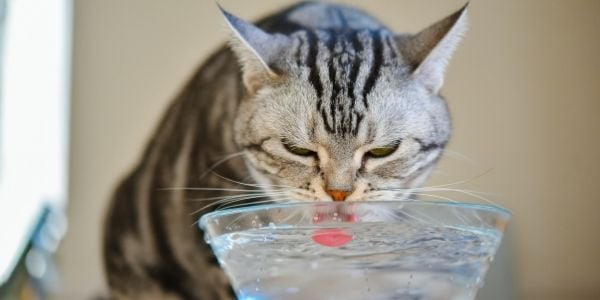Your cat water fountain might be foaming due to soap residue or high mineral content in the water. Regular cleaning and using filtered water can reduce foaming.
Cats often prefer running water, which is where a cat water fountain can play a vital role in encouraging your pet to stay hydrated. They are designed to provide a constant stream of fresh water, but occasionally you might notice froth or foam forming on the surface.
This issue can arise from various sources such as leftover detergent from cleaning or tap water with a high concentration of dissolved minerals. Pet owners need to ensure the cleanliness of the fountain and consider the type of water used to prevent foam formation. Caring for your cat’s water fountain properly not only helps maintain the health of the device but also ensures that your feline friend has access to clean, appetizing water at all times.

Credit: www.walmart.com
Foamy Feline Quandary
Cats enjoy fresh, running water, and a cat water fountain can be the perfect way to encourage hydration. But sometimes, pet parents may notice an unsettling foam formation. Does your cat’s drinking haven now resemble a bubble bath? This foamy feline quandary can be perplexing. Let’s dive into the reasons behind this frothy phenomenon and how to restore the fountain’s crystal clarity.
Identifying The Foam
The first step is to spot the difference between normal water movement and foam. Here is what to look for:
- Consistency: Foam appears as a cluster of small bubbles, often gathering on the water’s surface.
- Color: It might be white or slightly off-color depending on contaminants.
- Location: Foam typically collects around the fountain’s edges or near the pump.
Initial Concerns For Pet Parents
Seeing foam in your cat’s water fountain can raise alarms. Initial concerns often include:
| Possible Cause | Action to Consider |
|---|---|
| Soap residue from cleaning | Rinse the fountain thoroughly |
| Saliva build-up from your cat | Clean the fountain more frequently |
| Chemical contamination | Examine water source quality |
| Hard water minerals | Consider a water softener or filtered water |

Credit: 929thebull.com
Water Quality Woes
Discovering foam in your cat’s water fountain can be puzzling. You might wonder where the white bubbles come from. The foam is often due to water quality issues. Your furry friend’s health depends on clean water. So let’s look closer at the common causes behind foamy fountains.
Tap Water’s Troublesome Minerals
Tap water carries various minerals. Some of these can cause foam. These minerals include calcium and magnesium. Together, they contribute to water hardness.
- Calcium – aids bone growth in small amounts but can lead to foam.
- Magnesium – necessary for health, yet may cause frothy water.
Testing your tap water can reveal its mineral content. Softening your water might be the answer. Consider using filtered or spring water for your cat’s fountain.
Interaction With Cleaning Agents
Some cleaning agents leave behind residues. These residues can react and foam when water flows. Natural ingredients may help prevent foam. Always rinse the fountain thoroughly after cleaning.
| Cleaning Agent | Possible Residue | Foam Risk |
|---|---|---|
| Soap | Surfactants | High |
| Vinegar | Acetic Acid | Low |
Switching to cat-safe cleaners and adequate rinsing is vital to keep the water pure and foam-free.
Cat Fountain Care
A cat water fountain can be a great way to keep your feline friend hydrated. But sometimes, you might notice it starts to foam. This can be puzzling and a sign that your fountain needs better care. Regular maintenance can prevent this foamy mystery and keep your pet’s water fresh.
Routine MaintenanceRoutine Maintenance
Keeping your cat’s water fountain in top condition is key to preventing foam. Foaming often happens due to organic material in the water, like saliva. These are steps you need to follow:
- Check water levels daily.
- Change the water often.
- Inspect the pump weekly.
- Replace filters as recommended.
Proper Cleaning Techniques
Proper cleaning is essential to stop foam from forming. Here’s how you can keep the fountain clean:
| Step | Action |
|---|---|
| 1 | Unplug and empty the fountain. |
| 2 | Disassemble all parts. |
| 3 | Soak and scrub with pet-safe cleaners. |
| 4 | Rinse thoroughly. |
| 5 | Dry and reassemble the fountain. |
For best results, clean your cat’s fountain every two weeks. Remember to handle the pump with care.
Material Matters
Have you noticed a strange foaming in your cat’s water fountain? The material of the fountain could be the culprit. Different fountain materials interact with water and saliva in unique ways. Some materials are more prone to bacterial growth and foam formation.
Plastic Vs. Ceramic Vs. Stainless Steel
Fountains come in various materials, each with its pros and cons:
- Plastic: Economical but can scratch easily. Scratches invite bacteria which can cause foam.
- Ceramic: Heavier and harder to scratch. Smooth surfaces mean less bacterial growth and less foam.
- Stainless Steel: Durable and hygienic. It’s the best at resisting bacterial buildup, reducing foam.
Choose the material that fits your and your cat’s lifestyle and health needs best.
Biological Matters Accumulating
Bacteria and saliva can contribute to foam formation.
| Material | Bacteria Accumulation | Foaming Potential |
|---|---|---|
| Plastic | High | High |
| Ceramic | Medium | Low |
| Stainless Steel | Low | Very Low |
Clean fountains regularly, regardless of material, to prevent foam and keep your cat healthy.
Health Hazards To Heed
Cat water fountains are a godsend for pet hydration, but sometimes they can start foaming. This foam may look harmless, but it’s important to know that it can pose serious health risks to your furry friend. Let’s uncover the potential dangers hidden in the bubbles and find out what to watch for if your cat’s water fountain starts to foam.
Potential Risks Of Foam Ingestion
When a cat water fountain starts foaming, it’s not just unsightly—it might mean trouble. Here are the reasons why this foam is a hazard:
- It can harbor bacteria and other pathogens.
- Some fountains contain soap or cleaning chemicals that can lead to ingestion risks.
- Increased foam can indicate a malfunction of the fountain, potentially leading to harmful exposure.
Ensure the health of your cat by regularly cleaning the fountain and using only pet-safe products.
Signs Your Cat Is Affected
If your cat ingests foam from their water fountain, watch for these signs:
| Sign | Description |
|---|---|
| Vomiting | A reaction to ingested foam and chemicals |
| Diarrhea | Gastrointestinal disturbances due to contaminants |
| Lethargy | Lack of energy as a response to feeling unwell |
| Decreased Appetite | Refusing food because of nausea or discomfort |
Seek veterinary care if you observe any unusual behavior or symptoms in your cat. Ensuring the purity of your cat’s drinking water is essential for their well-being and happiness.
Fountain Fixes And Alternatives
Cat water fountains should bring joy to your pet, not frustration. When yours starts emitting a mysterious foam, it’s time to investigate. The following fountain fixes and alternatives could be the answer to maintaining a clean, functional watering source for your furry companion.
Troubleshooting Your Cat’s Fountain
Before you consider throwing the fountain away, let’s tackle some common issues:
- Clean regularly: Foam often forms from saliva and organic material. A thorough cleaning might do the trick.
- Change the water: Replacing water daily prevents the buildup that causes foaming.
- Examine filters: Old or clogged filters need replacement to function properly.
Is the foam persistent? It may be time to consider other options.
Exploring Better Fountain Options
If troubleshooting hasn’t solved the problem, consider these alternatives:
| Fountain Type | Pros | Cons |
|---|---|---|
| Ceramic | Easy to clean, durable | Heavier, may break if dropped |
| Stainless Steel | Hygienic, long-lasting | Costs more than plastic |
| BPA-Free Plastic | Lightweight, affordable | Prone to scratches and bacteria |
Maybe a switch to ceramic or stainless steel could be the solution. Not only are these materials less prone to bacterial growth, but they may also reduce the chance of foam formation.

Credit: www.dhgate.com
Frequently Asked Questions On Why Is My Cat Water Fountain Foaming
Why Does My Cat Water Fountain Create Foam?
Foam in a cat water fountain can be caused by soap residue or protein from the cat’s saliva. Regular cleaning and running fresh water through the fountain can prevent foam buildup.
Can Dirty Filters Cause Foaming In Water Fountains?
Yes, dirty filters can cause water fountains to foam. When filters are clogged with debris, it can disrupt the water flow and create foam. Replacing or cleaning the filter as recommended can resolve the issue.
Is It Safe For Cats To Drink Foamy Water?
Drinking foamy water can be unsafe for cats if the foam is caused by soap or chemical contaminants. Always ensure the water is clean and free from harmful substances to protect your cat’s health.
How Often Should I Clean My Cat’s Water Fountain?
You should clean your cat’s water fountain at least once a week. Regular cleaning prevents foam formation and ensures the water stays fresh and safe for your cat to drink.
Conclusion
Understanding the reasons behind foaming in your cat water fountain is crucial for your furry friend’s health. Regular checks and maintenance ensure pure, fresh water. Don’t forget to replace filters and clean the unit. A trouble-free fountain means a happy, hydrated pet.
Keep their thirst quenched and their water clean!



